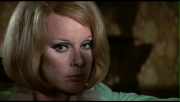
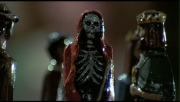

Here is Mario Bava's visual essay on madness, mannequins, and lost souls. I'm not sure why this is considered one of his least accessible movies, as all of his trademarks are present: artful composition and lighting, a convoluted story, a cast of familiar faces, and a decent amount of gore.
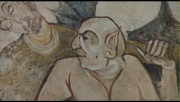

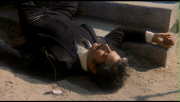
We open on Lisa (Elke Sommer) and her tour group in a Spanish village, where they have come to see the sights. Their attention is drawn to a large mural that depicts the devil, whose likeness is similar to that of Telly Savalas' character, Leandro. Lisa then decides to break away from the group to explore on her own. She wanders into an antique shop, where she runs into Leandro as he's picking up a mannequin he had repaired. After an unpleasant interaction with the shop keeper, she resumes her meandering, only to be confronted by Telly and his uncannily human-looking mannequin in the street. They leave, but she is soon accosted by a man who only moments before must have been the mannequin. In a panic, she pushes him down a flight of stairs and rushes off.
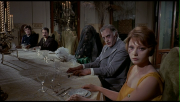


After a number of wrong turns, Lisa discovers she is somehow lost in this now deserted village. It isn't until night has fallen that she encounters a wealthy couple and their chauffeur, who are having car trouble. They offer her a lift, but stall out in front of a large manor where they are greeted by the butler, Ol' Leandro himself. The owners, a countess (Alida Valli) and her son Max (Alessio Orano), invite them to stay the night in their guest house. The story gets stranger and more confusing from this point, as we learn that Lisa's arrival was imminent, and Max is keeping someone hidden in a run-down bedroom in one of the wings. The mannequin from the beginning continues to torment Lisa by appearing when she least expects it, and the guests start to die in violent Bava fashion.
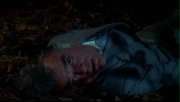
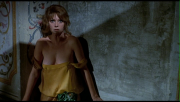

It's hard to do an in-depth review of this film without giving too much of the story away, though it goes off on so many tangents that I feel it's safe to cover some. Some viewers will be completely lost by the labyrinthine plot, as more and more concepts are thrown into the mix as the film progresses. The images of mannequins, broken clocks, and music boxes that Bava chose to repeat throughout were not inserted merely to give Lisa and the Devil bizarre appeal; they are representative of the souls of the damned trapped in the manor, doomed to repeat forever one night of wickedness. The characters are all made to seem as human as possible, all living on real time. We learn this isn't so, as by the end of the film they have all reverted to the mannequins (dolls) with which the Devil plays.
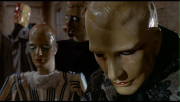


Technically speaking, Lisa and the Devil is a beautiful film. Bava films his subjects from all angles, and not a frame is wasted. The few daytime scenes are soft and dreamy, and the night scenes bathed in fog and scattered lighting. The manor is a Goth's dream come true, with its peeling walls, tattered drapes, and cobweb-choked details. The film features a cast of genre favorites, most notably the lovely Elke Sommer, who looks dazed through most of the proceedings, and Telly Savalas, who yuks it up as the demented family butler/ The Devil. On a final note, this film was re-cut and released in some countries as House Of Exorcism in a bid to cash-in on the Exorcist craze at that time. Key scenes were deleted, and new footage of Elke Sommer puking up pea soup were inserted, which resulted in a completely incomprehensible mess. Avoid this version unless you have already seen Lisa and the Devil! Buy it here.

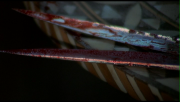



No comments:
Post a Comment